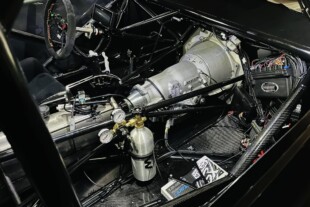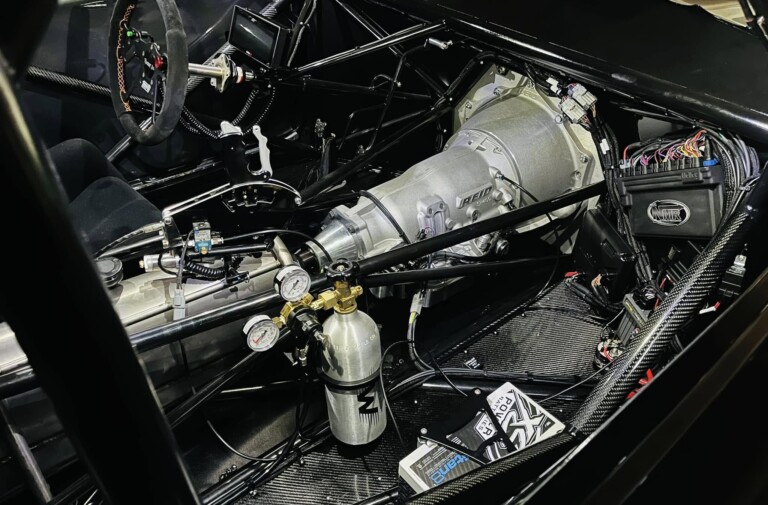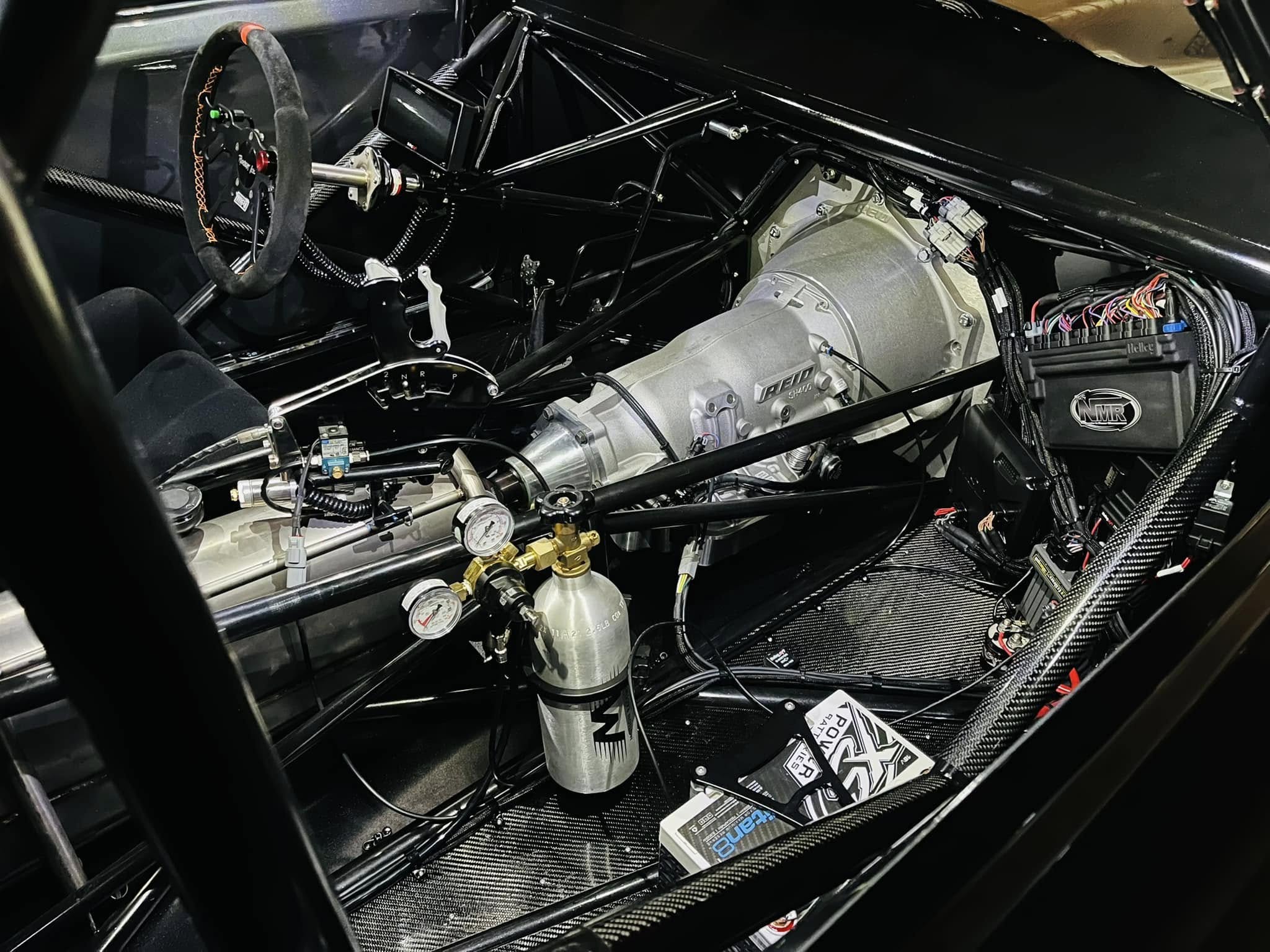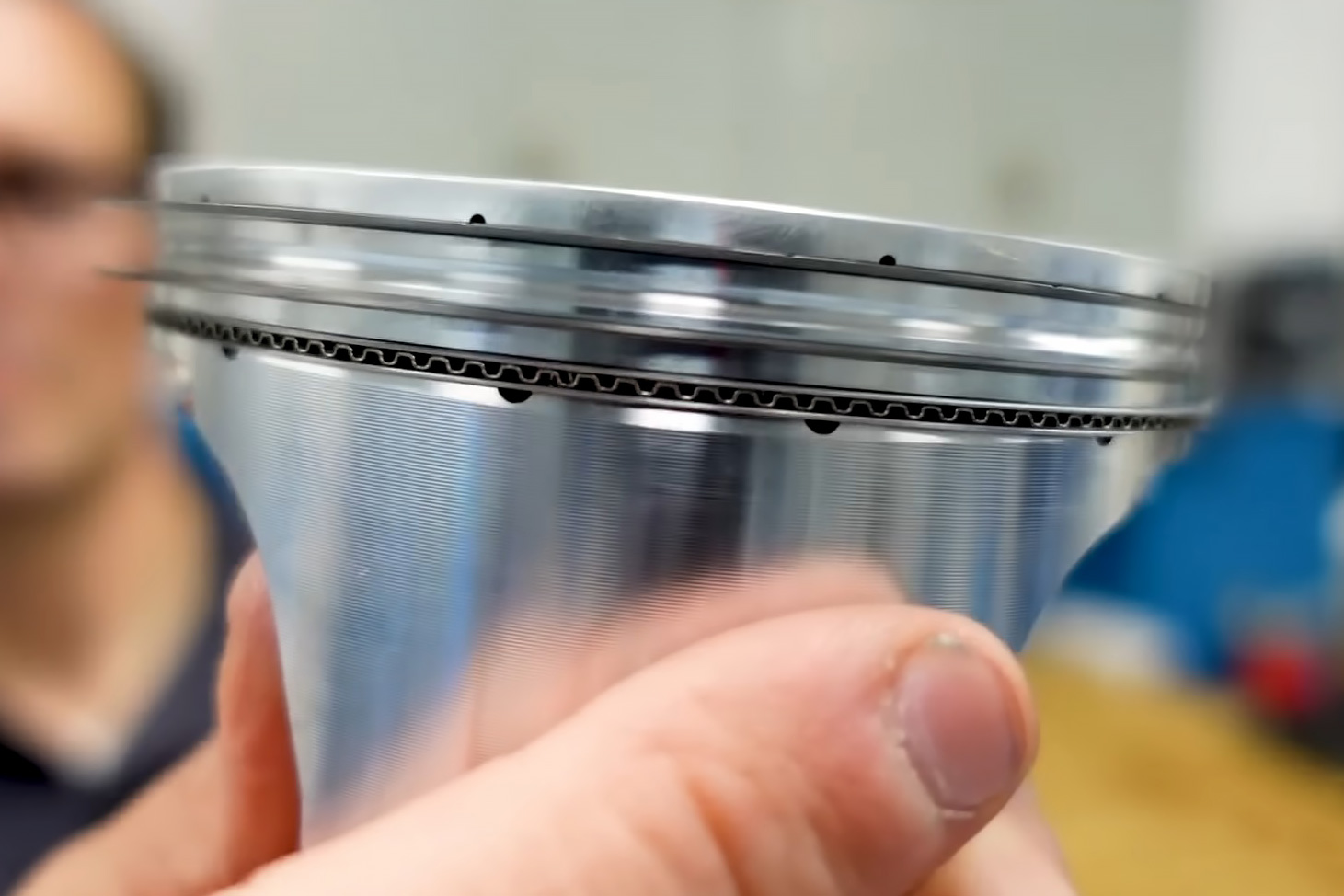When planning your engine build, all the best parts in the world don’t amount to anything if you can’t provide the engine with the proper amount of fuel from your fuel injectors. Sure there are calculators out there that make getting the right-sized fuel injectors easy, but let’s look into what it is they are calculating, because the more you understand how the calculations work the better off you are when selecting your injector sizes.
There is a near-universal equation that will determine your fuel injector sizing requirements. So, let’s look at the basic fuel injector sizing equation. You have your desired engine horsepower, multiplied by Brake Specific Fuel Consumption (BSFC). That number is divided by the number of injectors multiplied by the maximum injector duty cycle. That equation will determine everything. The devil is in the details, however.

This is the basic formula to calculate the required injector size, when you know the rough BSFC of the engine in question.
Accounting For The Variables
With the basic equation in front of us, let’s look at the variables here. The first is your desired horsepower at the flywheel. This is one of those situations where you need to be realistic, as the more accurate data that goes in, the more accurate the result. However, if you’re going to fudge here, fudge high. Having an injector on the larger side is better than having one that is too small.
Next, is brake-specific fuel consumption. This number is the pounds of fuel consumed by the engine, per hour, per horsepower. There are some rule-of-thumb numbers used for calculating things like this. For a naturally aspirated V8 EFI combo, the figure is usually between 0.45 and 0.50 lb/hr/HP. Nitrous is in the 0.60 to 0.65 lb/hr/HP range, and then forced induction can range from 0.55 to 0.75 for gasoline, depending on what power adder you are using.
Different fuels will have different BSFC values, so make sure to account for that if you’re running something other than gasoline. An entire article can be dedicated just to BSFC, so we’ll keep it simple here. For this specific calculation, lets go with 0.50 lb/hr/HP, which is on the high end for a naturally aspirated build, but will give us a little extra headroom. The next variable is the number of cylinders, which is 8.
And now, maximum duty cycle. This is simply the amount of time the fuel injector is open versus closed, expressed as a percentage. At 50% duty cycle, the injector is on an equal amount of time as it’s off. Generally, injector manufacturers suggest a maximum duty cycle of 85 percent. So we’ll use 0.85 here in the calculations.

These are the numbers for a 650 horsepower naturally aspirated V8 engine, erring slightly high on the BSFC number. After all, too large of an injector is no big deal, but too small will end your day early.
So when we crunch the numbers we get 650 horsepower times 0.50 lb/hr/HP or 325 lb/hr of fuel needed for the engine. Then we have 8 cylinders times 0.85 duty cycle equals 6.8. We then divide 325 lb/hr by 6.8 and get 47.79 lb/hr as our required injector size to feed 650 horsepower, naturally aspirated on gasoline.
Now, let’s come at this from a different angle. What if we already have a set of injectors, and want to know how much power they’ll support? We just rearrange the variables a little bit and come up with this equation.
In this version of the equation, we take the known injector size (in lb/hr) multiplied by duty cycle, and divide that by the BSFC of your combination. Then, take that result and multiply it by the number of injectors in the system. That will give you the horsepower rating for a given set of injectors.
And there you have it. Now you know how to calculate what size injectors you need for your project, as well as figure out how much power a given fuel injector will support. Hopefully, by going through the actual math, it’s given you a better understanding of how the variables interrelate with each other. However, we wouldn’t blame you for using an online calculator like this one from Deatschwerks, because it makes it a whole lot easier. That’s what we do.


















